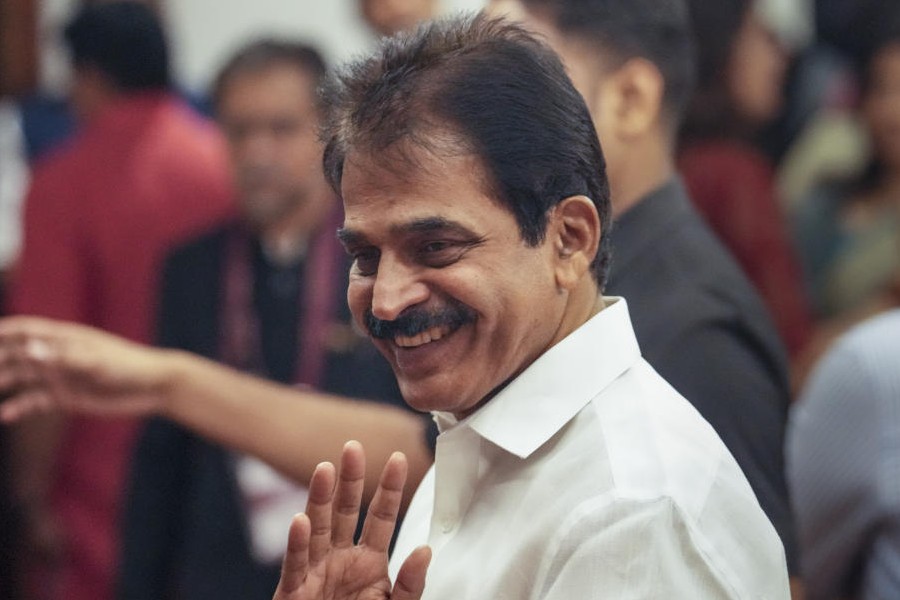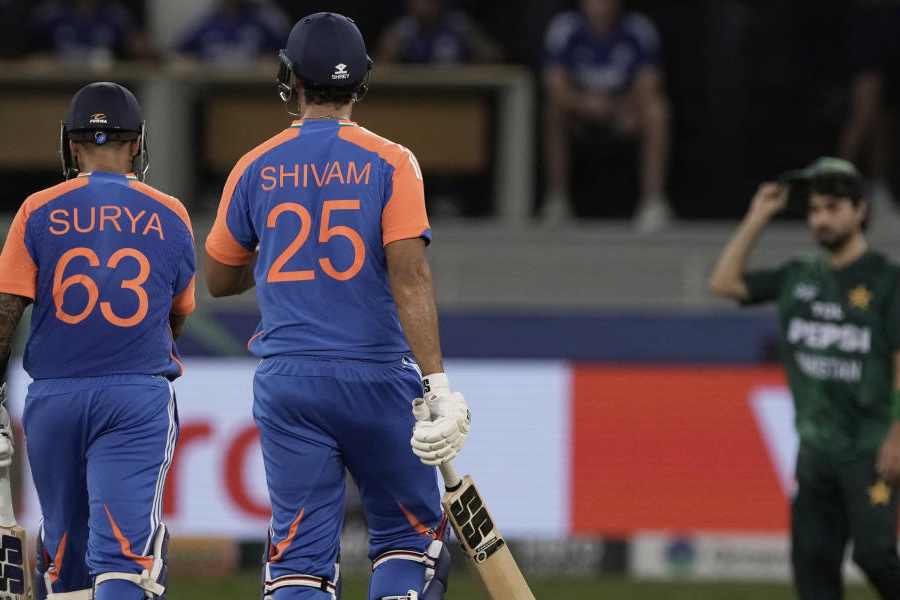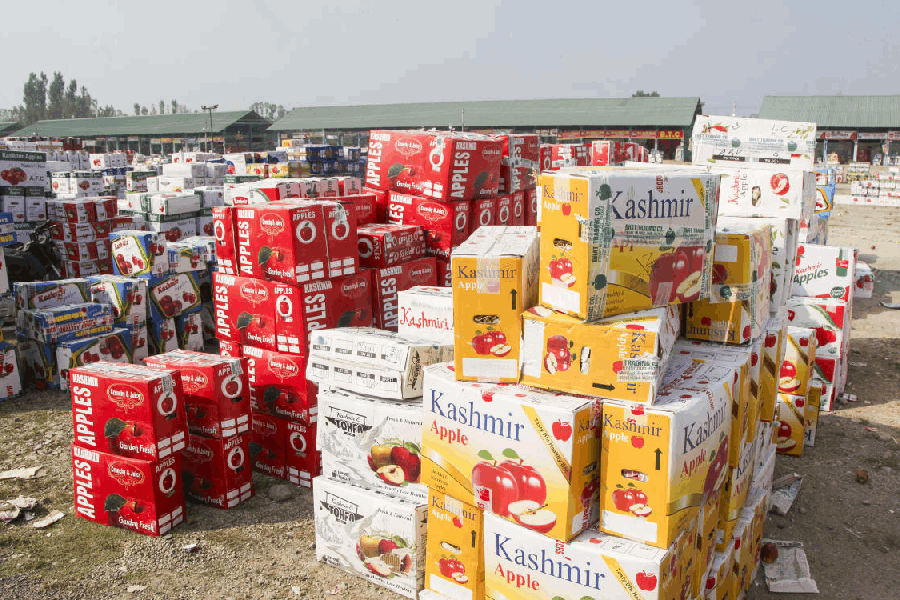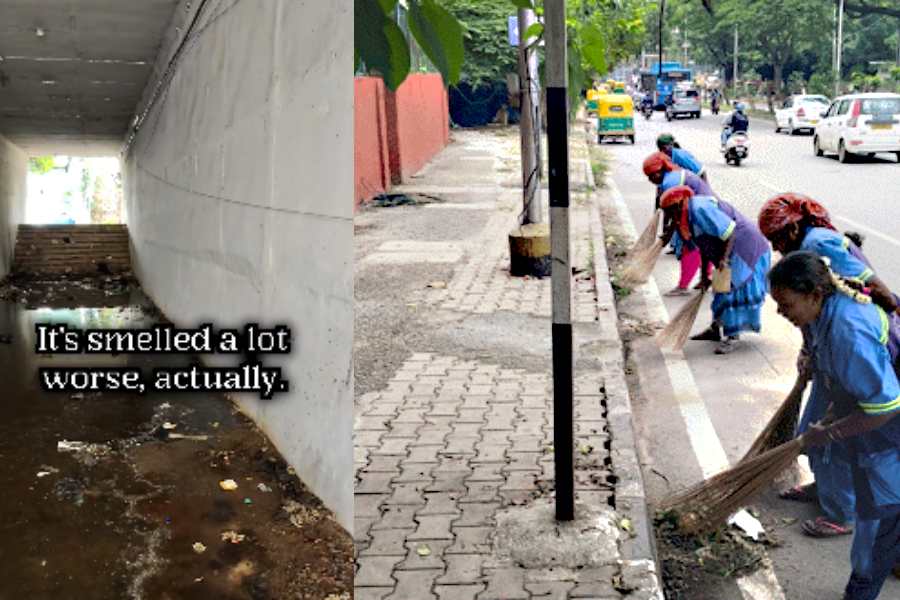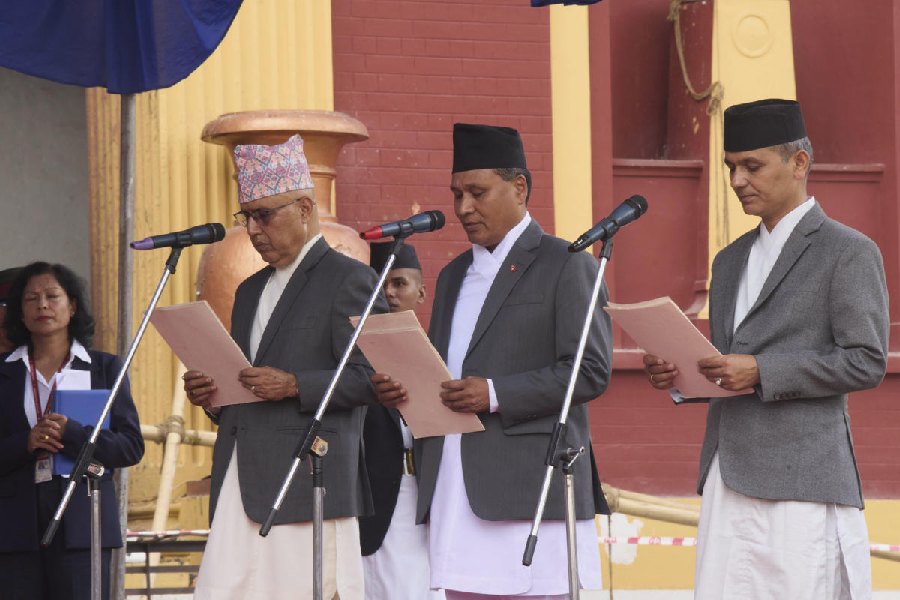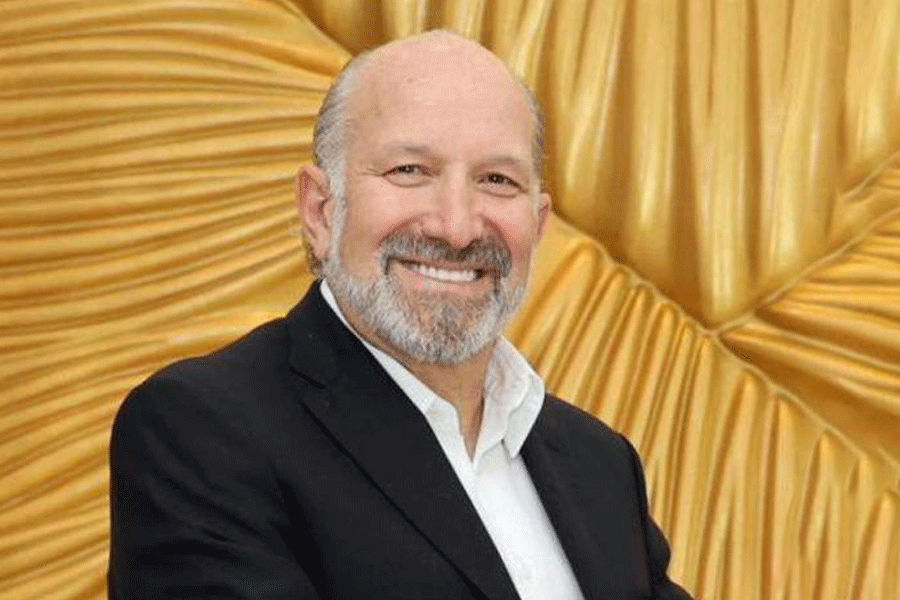 |
| The President will unveil the Tagore database on May 5 |
The variorum edition of Tagore’s writings, which includes all manuscripts and all editions of his works, has just been completed in the city. It also happens to be the largest database in the world of original texts by a single author.
President Pranab Mukherjee will launch Bichitra, the online variorum, on May 5 at Jadavpur University.
The project boasts of 47,520 pages of manuscripts and 91,637 pages of materials from printed texts. A young team worked on a tight schedule under the supervision of Sukanta Chaudhuri, Professor Emeritus, Jadavpur University, at the university’s School of Cultural Texts and Records, to complete the project in two years.
Bichitra was funded generously by the ministry of culture. Its role was extremely supportive, says Chaudhuri.
How Tagore could write all that he did in one lifetime is a question that still begs an answer. So the task of bringing all that he wrote and their several versions — Tagore’s works often had many versions as he kept working on a piece through the years — into one website was, even as an idea, mindboggling.
Bichitra can help one locate on one page of the well-designed, bright, user-friendly website, all the versions of a text, and narrow down the choice to comparing corresponding chapters and paragraphs of different versions of a text. The reader can even look for a particular word in the various versions. A paragraph, highlighted in different colours, will show if a word is common to all versions; if it has a comparable counterpart in the other versions; if it’s only present in the version that’s being checked; or if it is not there in this version but present in the other versions.
Gora, Tagore’s longest work, lies in four editions, including the one published in Prabasi, as four colour-coded horizontal bars. You click on one shade of one bar, you open a chapter, from where you go on to a paragraph and then to the comparison of single words.
The project was possible because of the scholarship, hard work and the technological innovation that Chaudhuri and his team — everyone is below 35, except he, says Chaudhuri — brought to the project.
The Tagore project, quite appropriately, also combined the arts and the sciences. Students from the computer science department at JU were associated with the project and contributed two software programs. They developed a software that extracts the text from a manuscript, with Tagore’s tortuous scribbles, and the manuscript as well as the extracted text are on display. The team also developed an advanced search engine.
Most importantly, says Chaudhuri, they devised the collation software that enables the display of all the editions, in their minutest details, together. Chaudhuri proudly adds that the software, named Prabhed, is far ahead of all such software normally used in academic circles. It has great potential, he says, as its font is Unicode compatible and can be used in any language with customisation.
The team had received the content of Rabindra Rachanabali in a text file format, using optical recognition software, also developed at Jadavpur. The rest of the texts had to be keyed in manually.
All of the work on the website — editorial, technological and of design — were done by “young, local talent,” stresses Chaudhuri.
At least 95 per cent of Tagore’s works have found place in the variorum. Small gaps remain — Tagore’s earliest short stories, published in Hitabadi, are lost forever. Some manuscripts are in private hands. Tagore’s letters call for a project of their own. His songs have been included, but not the music or their notations.
“Bichitra is seven times the size of the Heidegger manuscript archive, which at 20,000 pages is the second largest such project,” says Chaudhuri.
Bichitra also offers the most extensive bibliography on Tagore.
But the idea of the variorum goes beyond that.
“Tagore’s works collectively present all the problems of textual scholarship,” says Chaudhuri. With its immense variety, “the edition can be a single window to this world of textual scholarship”. The texts are available in Bengali, but their nature had prompted eminent German scholar Hans Gabler to tell Chaudhuri that scholars will probably be encouraged to learn Bengali to encounter the problems.
Bichitra also says, adds Chaudhuri, that there is no definitive version of a work. The poet keeps visiting a work from time to time, changing it, adding to it. The vastness and the changefulness of the variorum come close to reflecting the vastness and changefulness of Tagore’s mind. It is the living work.


